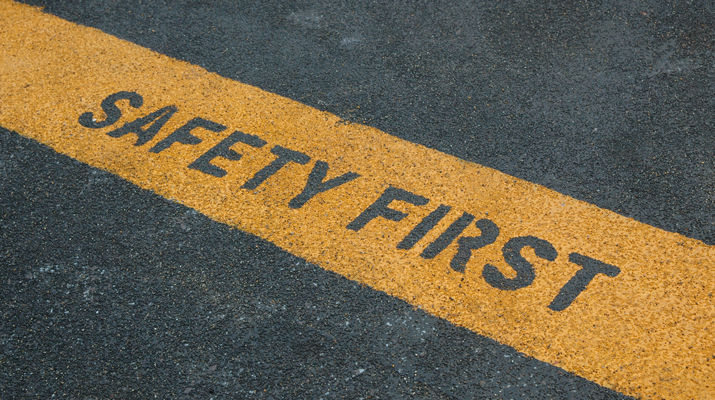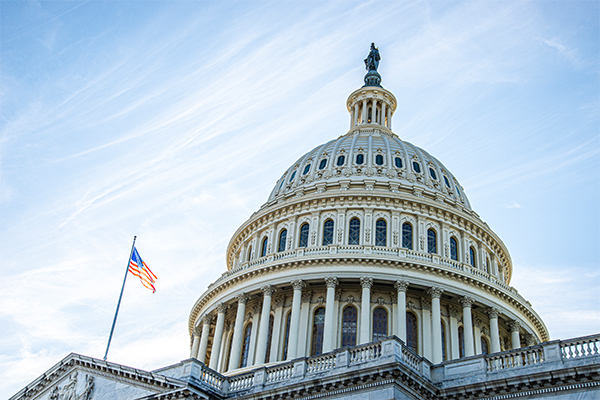Has the United States reached full employment?
The employment picture is improving in the United States, to the extent that by the end of 2017 some 95.6 percent of willing workers had obtained jobs, according to figures from Moody’s Analytics.
Does that mean the nation has reached a condition economists refer to as “full employment”?
The question is important because wages generally start to increase across the board when the number of available workers becomes scarce. And a general rise in wages usually translates into more spendable income, a healthier economy and more profitable businesses.
Even so, a firm answer is elusive because several forces muddy the waters, according to Sophia Koropeckyj, managing director of industry economics at Moody’s Analytics.
First, baby boomers are retiring from the workforce. Older workers tend to have a lower incidence of unemployment than younger ones, and therefore economists respond to this change in workforce demographics by lowering the employment rate they consider “full.”
Second, there has also been a large decline in labor force participation by younger workers since the Great Recession. Many prime-age workers have dropped out, as well.
People not actively participating in the labor force are not considered in the unemployment rate calculation.
“Since there is a possibility of more entry of those on the sidelines as the expansion persists and since there are so many idle workers, we cannot say that we are truly at full employment now,” Koropeckyj notes.
Also, the share of unemployed workers out of work longer than half a year remains higher than it was before the recession.
“As the expansion persists, more of these workers should find jobs,” Koropeckyj says. “If the absorption of these workers to reach the prerecession share is considered full employment, then we are not at full employment now.”
Finally, economists differ on what they feel constitutes a “full-employment unemployment rate,” and have advanced figures that vary from 4 to 5 percent.

















